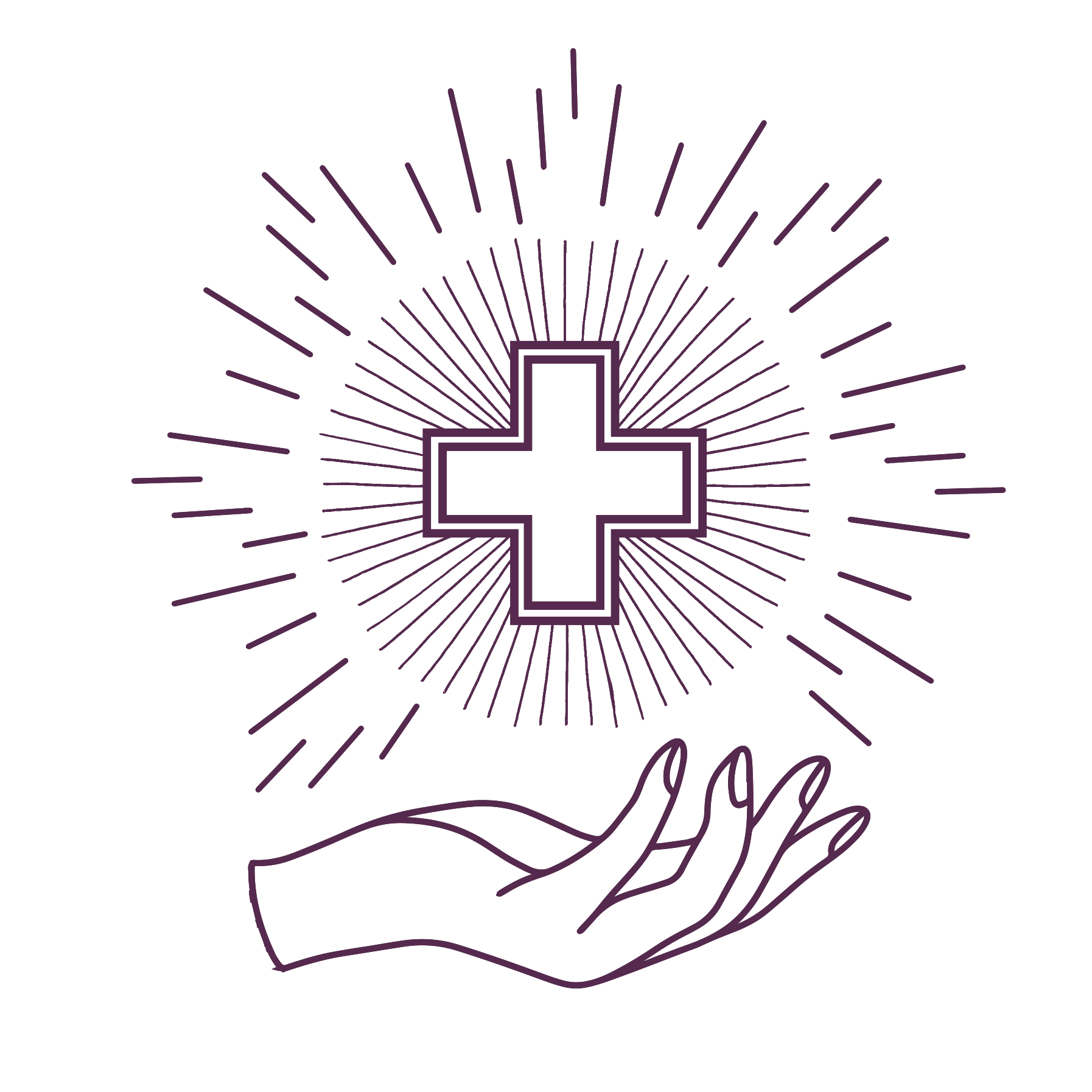Learn how to recognize suicide warning signs
In some marginal cases, people are willing to pay the highest price – their own life. If they have a reason subjectively strong enough, they are able to overcome their instinct of self-preservation and terminate their biological existence.
Suicide can be seen as an act of desperation, an escape from something undesirable; as the only solution or necessity, an inability to carry on living. To the risk factors leading to such deed belongs a myriad of powerful influences; such as stress, society, culture, or economic situation, as well as genetic predispositions, substance abuse, or for example gambling and other issues.

According to the World Health Organization, every year more than 800 000 people take their own lives. That is one person every forty seconds.
No doubt that a person contemplating suicide or talking about it in a way which makes it look like they are thinking about it is rather disturbing. You might not be sure how to help, whether to take such talks seriously and take an action, or whether your intervention does not make things worse.
- Remember that to act is always the best solution. Passivity can be fatal.
- Learn how to recognize warning signs.
- What questions to ask and how to get help.
You can help to save a human life.

Suicide warning signs
In their talk:
- Say they do not have anything to live for.
- Feel like they are a burden to others.
- Talk about unbearable pain.
- Contemplate suicide.
- Say they feel trapped.
In their behavior:
- Quit their hobbies.
- Act thoughtlessly.
- Call or visit people to say goodbye.
- Look for means to kill themselves; e.g. searches for online materials and equipment.
- Drink more alcohol and/or use drugs.
- Avoid friends and family.
- Sleep too much or too little.
- Are aggressive.
Mood wise:
- Are easily irritated.
- Feel humiliated.
- Suffer from anxiety.
- Are depressed.
- Lose interest.
- Get angry.
Self-harm and self-injury
Self harm is defined as a behaviour where someone is causing harm to themselves, usually by cutting, hitting, burning or non-lethal overdose or any other harming behaviour. We can easely mistake self-harm, self-injury and attempted suicide. These practices can have different motivations and context of origin, and they are not all done with the intention to die. Overall we should take self-harm seriously.
It is common among young people. Statistics show that self-harm usually starts around the age of 12. But adults and elderly people are also concerned. Anyone can be affected.
Few misperceptions surround the topic of self harm. The most commun is that the person who self-harms is attention-seeking. Many people who self-harm do not openly talk about it and it takes a lot of strength and courage to ask for help.

Boys and girls are concerned by self-harm. Even though the motivation pattern and techniques of self-harm can be different self-harm should be taken seriously for every group of gender. Statistics may show prevalence for girls in self-harm, but the results are questioned as they represent only the number of persons threatened in hospital. These numbers are unreliable as many people never have recourse to health-care in case of self-harm.
Overwhelming negative feelings and thoughts can build a pressure, for which we cannot find a way of expression. This pressure can build and some people find their bodies as a canvas of expression of this disability to cope with difficult distress and feelings.
Some of the noted reasons are: (this list is not exhaustive):
- Difficulties at home.
- Problems with friends.
- School pressure/ work pressure.
- Bullying.
- Anxiety.
- Depression.
- Low esteem.
- Alcohol/drug use.
Self harm can be described as a way of releasing the pressure that one cannot bear.However it is important to remember there are other options of dealing with the situation and pressure ones feel and there is help and support. It is important to talk to someone to get the right support and learn new coping strategies to prevent the self-harm of becoming a long term pattern of behaviour.
Some distraction techniques that can be used when the urge to self-harm comes1:
- Hit a pillow or cushion to vent your anger and frustration.
- Take a minute and breathe or meditate.
- Take a walk outside at a public space.
- Write down thoughts and feelings that are distressing you; crumple the page up, rip it apart and throw them out as a way to let go of that thought.
- Make lots of noise, sing out loud or scream.
- Talk to someone about what is triggering you or seek help from a professional.
- Make a safe box with books, crosswords, games or any objects that make you hapy or with a list of things that make you calm.
- Try 3 minute rule, wait just three minutes and then see if you can do three more and so on, until the need to harm goes away.
